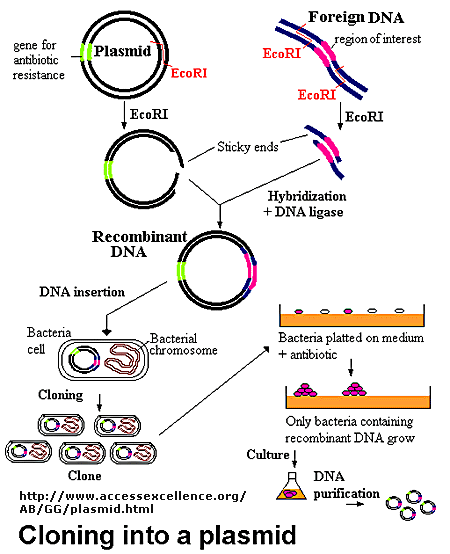True and False:
- Anticodon
- Ribosomes reading mRNA
- Mutation/ Sickle cell anemia
- Causes of mutations
- RNA molecule
- What do we know about central dogma, DNA- Codon, mRNA, tRNA-anticodon.
- Micro satellites (5.8 Worksheet)
- Genetic Code of all organisms
Multiple Choice: - Genetic code and all organisms
- Central Dogma
- mutations
- Codons and amino acids
- DNA as a template for transcription
- 1 gene, 1 polypeptide experiment
- Ability for molecule to unwind
- Introns + post transcriptional modifications
- Importance of hydrogen bonds for DNA molecule
- Post transcriptional modifications
- DNA strand given, how many codons are present?
- Expresses 2 pieces of DNA, what mutation has occurred?
- Inherited mutatuins
- What is an amino acid?
- Central dogma
- Post transcriptional modifications
- Functional ribosomes structure
Part B
Short answer:
- Explain function of mRNA and tRNA
- Explain why DNA and RNA are both found in nucleus
- Compare differences between DNA and RNA
- Discuss 2 of the three post transcriptional modifications
- Discuss intron exon
- Role of the following: Poly-A-Polymerase, Splicisome
- DNA strand given(single strand) locate promoter region and support answer
- Functional Ribosomes, p-site and a-site, Codon vs. Anticodon
- Discuss mutations (point mutation)
Part C
Short answer:
- DNA section given, produce protein from the information given to you.
- Follows central dogma of protein synthesis. Is it true that tRNA always matches with an amino acid? explain
- Protein given. how many nucleotides are involved?
- Examples of mutations. State type of mutation and weather it is harmful or not.
Part D
Paragraph Answer:
- Scientists performing nuclear testing above ground. Next generation of organisms mutated because of this. Rate of mutation is above normal. Why does this happen? Explain
- DNA fingerprinting compares variable number tandem repeats. Why do we compare these rather than genes?
- Read Page 360 explore an issue. Studying human diseases, easier to use cloned transgenic animals. State pros and cons of this.
--65 Marks in total.... Good luck ;)
-Brandon





